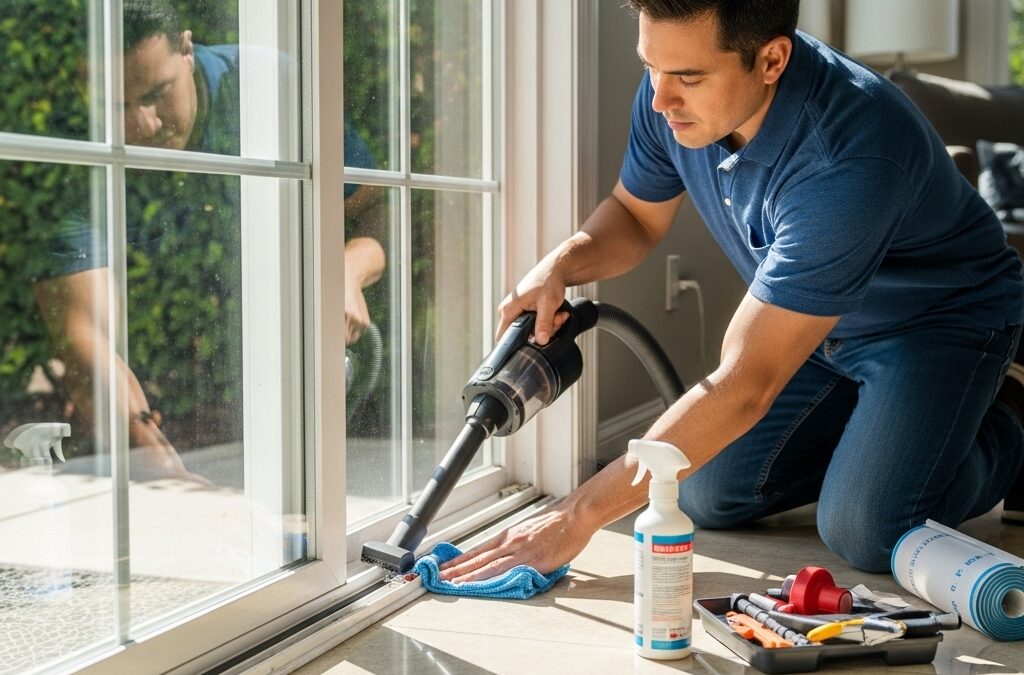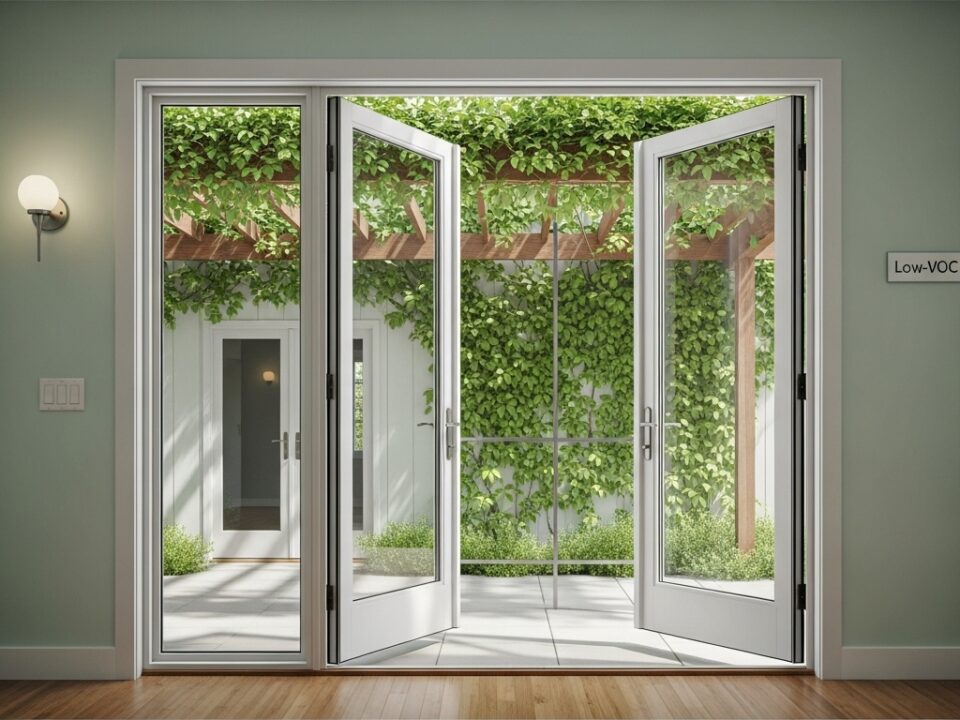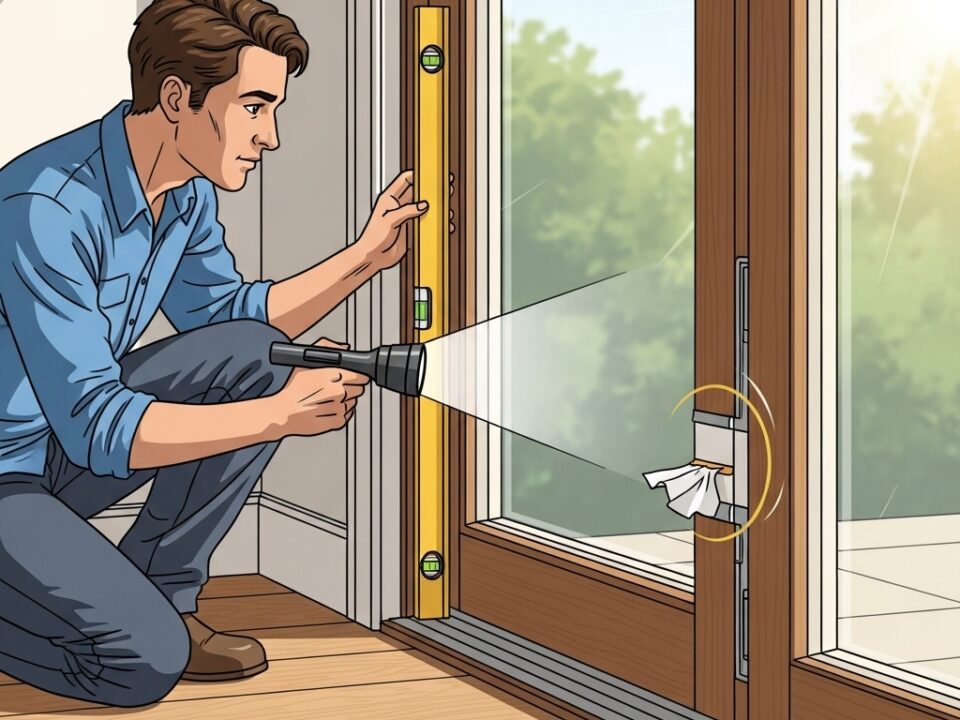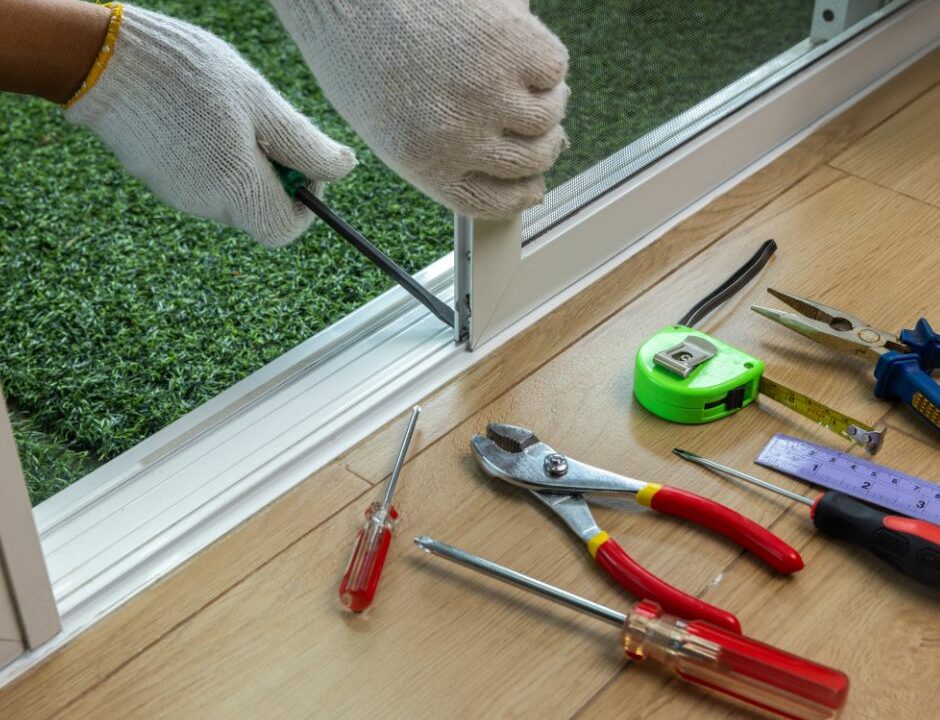Patio Doors Maintenance Essentials for Woodland Hills, California Homes

Patio Doors Benefits for Energy Savings in Woodland Hills, California
November 18, 2025
Patio Doors Inspection Essentials in Woodland Hills, California
November 18, 2025Why Patio Door Maintenance Matters in Woodland Hills
Living in Woodland Hills means enjoying long, sunny seasons, dry air, and the kind of warm evenings that make a backyard feel like another room. It also means your patio doors work hard. They face high UV exposure, cycles of heat and cool, gusty Santa Ana winds that move fine dust into every crevice, and the occasional downpour that tests every sill and weep hole. Regular, thoughtful maintenance keeps these doors gliding smoothly, sealing tightly, and looking their best. I’ve spent years helping neighbors tune up their patio doors, and the difference small habits make is remarkable: quieter operation, fewer drafts, and longer life for rollers, gaskets, and finishes.
Good maintenance starts with understanding how patio doors are built. The system is more than glass and a handle. It’s a set of interlocking parts—rollers, tracks, weatherstripping, locks, and drainage pathways—that must stay clean and aligned. When one element falters, the others work harder. That’s why a little attention pays back with smoother operation and a home that resists heat, dust, and noise. If you’re curious where to start or want to see modern options that are easier to care for, browsing today’s selection of patio door systems can give you a sense of how materials and design have improved.
Cleaning That Protects Performance
Dust is the silent culprit in our valley. It gathers in tracks, compacts under rollers, and slowly turns a silky slide into a grind. Every few weeks during the dry season, take a vacuum with a crevice tool to the sill and track. Follow with a damp microfiber cloth to lift the fine particles a vacuum misses. Resist the urge to flood the track with water; you don’t want mud forming in the corners or in the weep channels.
For the glass, a mild solution of water with a small amount of dish soap and a soft, lint-free cloth is ideal. Avoid abrasive pads or harsh chemicals that can scratch or affect the low-E coating. If you wrestle with hard water spots from sprinklers, treat the landscaping first to redirect spray and then apply a gentle glass-safe remover as needed. Keeping minerals off the glass preserves clarity and prevents etching that can catch grime.
Lubrication and Adjustment
Friction is the enemy of smooth operation. After you clean, apply a dry silicone-based lubricant to the track and a small amount to the rollers if accessible. Do not use oil-based products; they attract dust and create a sticky paste over time. If the panel drags at one end, adjust the rollers with the small screws at the bottom of the panel. Raise or lower the corners until the reveals are even and the interlock meets squarely. A level panel seals better and prolongs the life of weatherstripping.
Hinged French doors benefit from a check of hinge screws and strike plates. Heat can loosen fasteners in wood framing over time. Snug, not overtight, is the rule—you want secure hardware without stripping screw holes. If a latch requires a slam to engage, a minor strike adjustment or fresh weatherstripping often solves it.
Weatherstripping: The Unsung Hero
In Woodland Hills, sunlight and dryness accelerate wear on gaskets. Inspect the vertical interlock where two sliding panels meet and the perimeter seals where panels meet the frame. Look for flat spots, cracks, or brittle sections. Replacing these is straightforward and has an outsized impact on keeping conditioned air inside and dust outside. On hinged doors, check the compression bulb around the frame and the sweep at the threshold. If you see light coming through when the door is closed, that’s a clue the seal has aged or the panel needs adjustment.
Keep Weep Systems Clear
Those tiny slots at the bottom of a slider are designed to let incidental water escape. Over time, debris and even spider webs can slow drainage. A soft brush, compressed air, or a careful pass with a plastic pick clears these pathways. During the first heavy rain of the season, watch the sill. If water lingers, it’s a sign the weeps need cleaning or the exterior grade is pushing water toward the opening. A clear weep system prevents water from wicking inside and protects the frame materials from unnecessary moisture exposure.
Dust, Sun, and the Woodland Hills Microclimate
Santa Ana events roll through with startling force, carrying dust that acts like fine sandpaper on moving parts. After a wind event, a quick clean and re-lube is worth the effort. Sun exposure is the other constant. Dark frames in direct sun can run hot to the touch and may expand slightly during peak heat. That’s normal, but it means precise installation and regular adjustments matter for long-term alignment. Interior shades reduce direct sun on door frames during extreme afternoons and also protect flooring and furniture from fading.
In homes with pools, keep an eye on chemical exposure. Occasional splashes are inevitable, but frequent chlorine contact can degrade some finishes and hardware faster. A rinse with clean water and a wipe-down after a lively pool day helps keep surfaces looking fresh.
Protecting Finishes and Glass
Frames benefit from periodic washing, particularly the exterior faces that collect airborne grime. Mild soap and water preserve factory finishes on vinyl, fiberglass, and aluminum cladding. For wood interiors, dust regularly and maintain the clear coat or paint as recommended. If you notice hairline cracks in old paint or varnish, a light sand and fresh coat protect against UV and keep the material from drying out.
Scratches on glass can catch sunlight and become more noticeable over time. If something drags across the panel and leaves a mark, address it sooner rather than later. Shallow scuffs can sometimes be polished out; deeper scratches may require professional help. And if you’re tempted by aftermarket reflective films, confirm compatibility with insulated glass units. The wrong film can increase heat absorption and stress the seals, shortening the life of the glazing.
Security, Safety, and Smooth Use
Maintenance isn’t just about energy and looks; it’s also about safe, confident operation. Inspect locks and auxiliary foot bolts to ensure they engage fully. If you have little ones or pets using the door all day in summer, consider how handles and lock heights work for your household. Smooth sliding and clean thresholds reduce trip hazards and keep traffic moving during gatherings.
Screen doors lead hard lives in active homes. Realign the screen frame if it starts to bow, replace worn wheels, and patch tears quickly so they don’t spread. A screen in good repair supports cross-ventilation on summer nights, which lowers indoor temperatures and gives your AC a break.
Spotting Early Warning Signs
Fogging between panes indicates a failed seal in insulated glass. While it doesn’t represent an immediate safety issue, it does compromise clarity and thermal performance. A professional can replace the insulated glass unit in many frames without changing the entire door. Sticking panels, recurring drafts, chipped thresholds, and persistent rattling in the wind are other signs that parts need attention. The earlier you respond, the simpler and more affordable the fix usually is.
Midyear Deep Tune-Up
Twice a year—typically before peak summer and before our shorter, cooler winter—perform a deeper tune-up. Remove the active sliding panel if your design allows, vacuum and wipe the entire track, inspect roller faces for flat spots, and check the adjustment screw threads. Re-seat the panel, ensuring reveals are even. Look closely at the exterior sealant around the frame. Any gaps or cracks should be gently cleaned and recaulked with a compatible, high-quality sealant to keep air and water out of the wall assembly.
Use the tune-up as a chance to reconsider shading and landscaping. A new shade sail or a vine-covered trellis on the west side can significantly ease late-day heat. Thoughtful plant placement reduces reflected heat from hardscape, which makes the area right outside the door more comfortable and eases the load on the glass and seals.
When Maintenance Meets Modernization
There comes a point when upkeep can’t overcome the limitations of an older door. If you’ve tuned, cleaned, and adjusted but still feel heat pouring off the glass at sunset, or if dust and noise persist despite fresh weatherstripping, the core design may be behind the times. Newer frames and glazing deliver far better performance and require less fuss. Exploring today’s range of modern patio doors will show how features like improved interlocks, laminated glass options, and durable finishes simplify maintenance and enhance comfort, all while elevating the way your indoor and outdoor spaces connect.
FAQ
Q: How often should I clean the tracks and lubricate?
A: In dry months or after windy periods, a light clean every few weeks keeps grit from building up. Lubricate with a dry silicone after cleaning. Do a deeper tune-up twice a year.
Q: What’s the best product to lubricate sliding door tracks?
A: A dry, silicone-based spray is ideal. Avoid oil-based products that collect dust and turn gummy.
Q: How do I know if my weatherstripping needs replacement?
A: Look for flattened, cracked, or missing sections, or feel for drafts and visible light at the edges. If the door latches easily but you still feel air movement, the seals may have aged.
Q: Can I fix fogged glass myself?
A: Fogging indicates a failed seal in the insulated glass unit. While cleaning will not fix it, a professional can replace the glass unit in many frames without changing the entire door.
Q: My slider is hard to move only in the afternoon. Why?
A: Heat can cause slight expansion of frames and panels. If the reveals are tight, the extra warmth can create friction. A small roller adjustment usually restores smooth operation.
Ready for Smoother, Cleaner, Cooler Living
If your patio door is due for a little care—or if you’re thinking about simplifying upkeep with a well-designed replacement—there’s no better time to start. With a few proactive habits and the right upgrades, your home will glide through summer with less effort and more comfort. Explore high-quality patio doors and imagine how much easier daily life can feel when every open and close is effortless.




